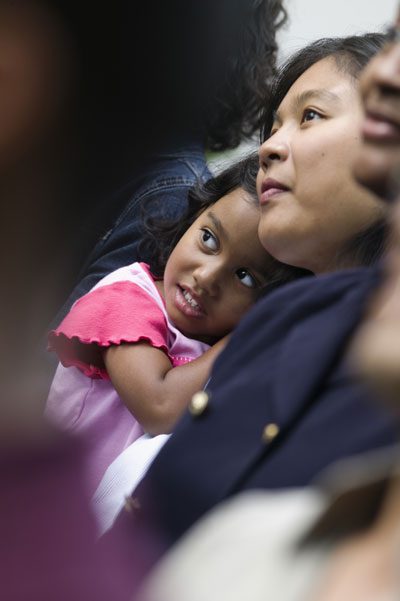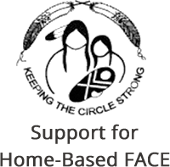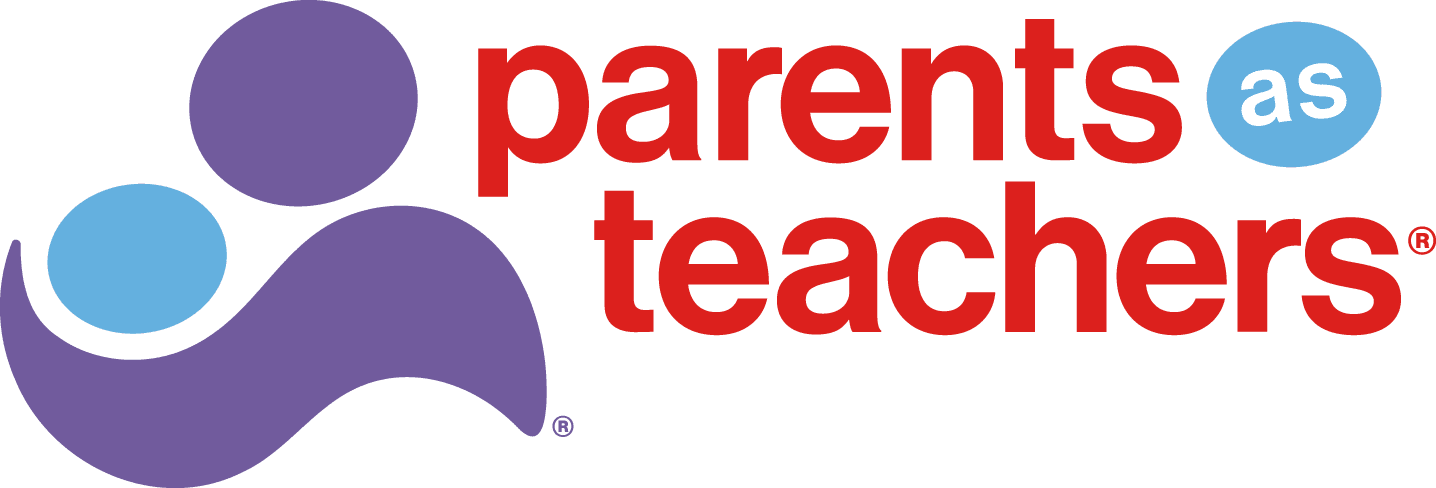Adaptations and Enhancements
Today, many American Indian Tribes are reviving their traditions and cultures. Central to this cultural renaissance is the importance of language and ceremony. A number of Tribes have created language learning programs to preserve and pass on their tribal dialects to future generations. Ceremonies returned into practice, local radio stations are broadcasting in Native languages, pow-wows are an inter-Tribal gathering space, and a new American Indian generation is taught to live with dignity, character and pride.
FACE is a part of this movement, which brings strength and healing; and hope to today’s American Indian youth.
Parents as Teachers FACE permits affiliates like FACE to offer additional strategies (beyond the four core model components) or to make model/content adaptations that may be needed to best address families’ needs at the local level. For example, thus FACE Family Circles (instead of group connections) where extended family, elders and community leaders attend and support the event. Language and culture is forefront and reflects the community. Personal visits may include not only the parents and children enrolled but elders, grand-parents, uncles and aunts; any significant individual with a vested interest in the development, education, health, social emotional and spiritual well-being of the child.
Personal visits and FACE Family Circle content may be modified to be culturally responsive, directed to the special population and/or family culture, or offered in conjunction with other early childhood programs as determined by community need.
Examples of adaptations/enhancements/integrations of the PAT approach and Curriculum for FACE include:
- Elements of training
- Materials used during visits and Family Circles to encourage parent–child interactions (for example, use of materials in the home to create toys and games; materials, symbols, books, food, etc, to reflect and build upon the culture and language)
- Approaches that honor family and community values
- Who is included in the visits (elders, key members of family and community)
- Pace of parenting education (reflects the tone of the family and home environment)
- Extent to which verbal and non-verbal communication strategies are used
- Use of Native Language, customs, traditions, symbols, dress, food, etc.



